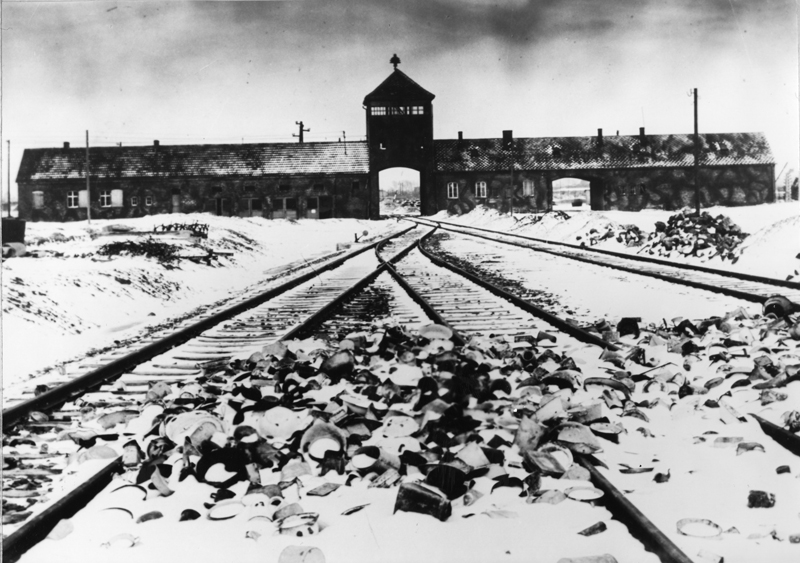Earlier this year I described how my wife, who was born in Israel but came to the US as a toddler, had stumbled on new and unsettling facts about her family’s fate during the Holocaust while at first researching my family tree. A great deal is known about the details and history of the Holocaust for reasons which I’ll shed some light on in a moment. But individual families often had only vague and incomplete information about the fate of specific individuals. Often there was no information at all other than that the people were never heard from again.
In the case of my wife, her family had ‘known’ for some 70 years, three generations, that her maternal great-grandfather had been shot in his hometown by Nazis soldiers, presumably SS, likely the so-called Einsatzgruppen. But when she started investigating the records (many of which are either newly available or only now readily available because they are digitized and online) she discovered that something very different had happened.
In fact he had died at Auschwitz on October 5th, 1942.
I don’t want to digress too far here. But if you’re interested, you can read in the original post the oddity of, in some sense, reexperiencing someone’s death seven decades later, because it happened very differently than you’d thought. This can be so even for people who wouldn’t be born until decades later.
Since then though her research has continued and she recently received a copy of her great-grandfather’s death certificate.
Yes, there were death certificates at Auschwitz.

The details are stark and simple. The death of Chaim Breslauer on the afternoon of October 5th, 1942. The cause of death is listed as Altersschwäche, which roughly translates as ‘decrepitude’.
But there’s another notable detail. The document is signed by Johann Kremer, a doctor at Auschwitz (from August to November 1942), who later gained a minor infamy for the very frank diary he kept of his time there. Kremer was tried and sentenced to death after the war but his sentence was communted to life imprisonment. He was released from prison in 1958 and died in 1965.
On September 2, 1942, for instance, he writes, “Was present for the first time at a special action at 3 a.m. By comparison Dante’s inferno seems almost a comedy. Auschwitz is justly called an extermination camp!” The ‘action’ was apparently the gassing of 957 Jews from the camp at Drancy, France – gassed immediately on arrival at Auschwitz.
It’s the entry from October 3rd that may suggest how Breslauer died. “Today I preserved fresh material from the human liver, spleen and pancreas, also lice from persons infected with typhus, in pure alcohol. Whole streets at Auschwitz are down with typhus. I therefore took the first inoculation against abdominal typhus. Obersturmbannfuhrer Schwarz ill with typhus”
This is three days before Breslauer’s death. So perhaps he died in an outbreak of typhus. At 65, he was a relatively old man.
The reason I’m sharing this with you is that the death certificate itself captures for me one of the paradoxes of the Holocaust. Why even keep death certificates? Auschwitz was after all a network of concentration and extermination camps. I’m not even talking about the fear of possible punishment after the war, though that’s another significant question. Just simply, why? These are people, a whole people, being sent into oblivion, to be erased from the earth and from memory. These were to be much less than ordinary deaths.
Most societies keep death certificates for things like estate settlements, to verify and locate the cause of a death and rule out crimes, to end the person’s legal existence in the eyes of the state and for a host of other reasons. But none of them seem relevant in the context of genocide.
The usual and largely correct answer is that the Germans were just so addicted to the procedures of the modern bureaucratic state that at some level they couldn’t help themselves. Indeed, a similar need was actually part of the undoing of several of the late 20th century Latin American juntas who actually kept very professional and detailed records of torture, disappearances and various crimes against humanity.
But back to the point at hand. I have no great insight to share with you. But I think the mixture of professionalism and barbarity captured in this simple artifact is essential to understanding the Holocaust or at least to bring it into a partial focus if true understanding is beyond us.






